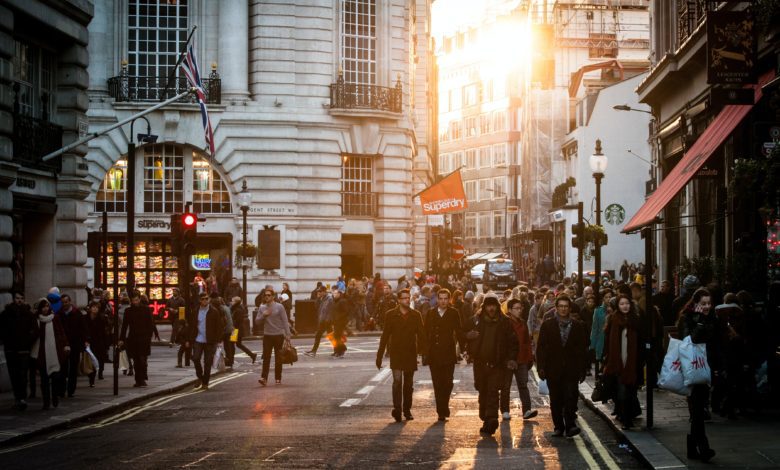Retail sales tumble amid cost of living crisis
According to the Office for National Statistics (ONS), the biggest contribution to this fall came from online shopping, where sales plummeted 7.9% over the month

Retail sales fell by 1.4% last month as consumers reduced their spending amid the cost of living crisis.







